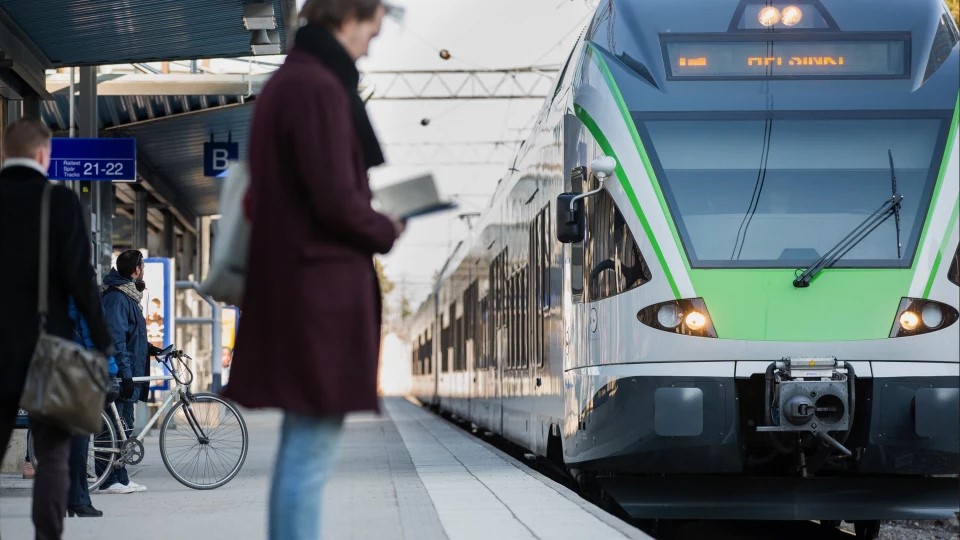In Finland, more people consider the train a good option for long journeys than in Sweden. In both countries, people go on trips to see relatives and friends, interesting vacation destinations or events. This is clear from the research carried out by VR on the travel preferences of Finns and Swedes.

82 percent of Swedes take vacations in their home country during the year, and 29% of these trips are made by train. In Finland, leisure travel is slightly more popular: 89% of Finns travel in their home country every year, 28% of them travel by train. The figures are from a market survey conducted by VR at the beginning of the year, to which 1014 Finns and 1027 Swedes responded.
“We see opportunities for increasing the share of train passengers in both countries. Many have discovered the joy of domestic travel during the corona years of the 2020s, and the growing popularity of leisure travel in Finland can be seen in the number of trips – in the first half of 2024, Finns made a record number of trips on long-distance trains,” says VR’s director of customer experience and service development Marika Schugk.
The most common purpose of domestic leisure trips is the same in both Finland and Sweden: meeting relatives and friends in different parts of the country. Almost as popular is traveling to domestic destinations, for example city or nature vacations. Event tourism takes third place.
During the summer, VR offers routes to interesting holiday destinations and additional shifts in connection with events. Summer in Finland includes stops at the amusement park destination Härmä and in the heart of nature Hillosensalmi, in Sweden in the summer we drive to Båstad, which is famous for its ATP-level tennis tournament.
VR: Ease, affordability and environmental friendliness are attractive
In Finland, the train is growing in popularity as a means of transportation for long domestic journeys. VR’s travel numbers at the beginning of the year also confirm the information: in January-June 2024, Finns traveled by long-distance trains 3% more than at the same time last year.
In Sweden, the popularity of train travel is declining among survey respondents. VR wants to influence this direction of development.
“Sweden’s long-distance train traffic market is large, twice as large as Finland’s. With a good combination of digital channels and customer experience during the journey, we aim to increase the attractiveness of train travel in Sweden in the future as well. We operate between Stockholm and Gothenburg, and compared to flying on this route, the train is much more climate-friendly and practically just as fast,” the company says.
Digital sales channels are the most popular way to buy travel tickets in both Finland and Sweden.
The Finnish respondents’ reasons for preferring the train are comfort, speed and environmental friendliness, as well as a cheaper price compared to flying or driving.
Even in Sweden, choosing the train is justified by environmental reasons and convenience of travel. On the train, you can focus on other things already during the journey, for example, watch a movie, enjoy a meal in the restaurant car or take a nap.
Extracts from the study:
- 64% of Finns who answered consider the train a good alternative for domestic leisure trips of more than 70 kilometers
- 61% of Swedish respondents consider the train a good option for domestic leisure trips of more than 70 kilometers
- 5% of the Finns who answered plan to travel less by train in the future for leisure trips of more than 70 kilometers
- 8% of the Finns who answered plan to travel more by train in the future on leisure trips of more than 70 kilometers
- 12% of Swedish respondents plan to travel less by train in the future for leisure trips of more than 70 kilometers
- 7% of Swedish respondents plan to take more leisure trips of more than 70 kilometers by train in the future
- The study was carried out by the market research company Nepa in Finland and Sweden in January-February 2024. A total of 1027 people in Sweden and 1014 people in Finland were interviewed for the study.
Share on:



